Petrozavodskin kaupunki Peurasaaren vastarannalla on suomalaisille tuttu Petroskoina. Jyrki Lyytikkä / Yle
Äänisen saaressa säästyi Euroopan suurin kalmisto kaukaa kivikaudelta – arkeologian nykymenetelmät paljastavat yllätyksiä 8000 vuoden takaa
Peurasaaren ainutlaatuiset haudat kertovat bioarkeologeille tarinaa kulttuuripiiristä, johon kuuluivat myös Suomen tuolloiset asukkaat.
****
Mooses! Nämä näyttäisivät olleen Suomen Suomusjärven kulttuurin (Sauli…) sukulaisia. Kumpi on mennyt kumpaan suuntaan, on sitten eri asia… Ja nämä on käyttäneet myös punamultahautausta.
Naisten välityksellä periytyvän mitokondriaalisen haplohmän C1f edustajilla ei ole jälkeläisiä (”haloset” ovat jyränneet…).
Miehillä on” arabihaploryhmä” J – ja yksi (1) ”bramiini” R1a1.
” Ancient Paleo-DNA of Pre-Copper Age North-Eastern Europe:
Establishing the Migration Traces of R1a1 Y-DNA Haplogroup
Article (PDF Available) · March 2016 with 2,113 Reads
DOI: 10.13187/ejmb.2016.11.40
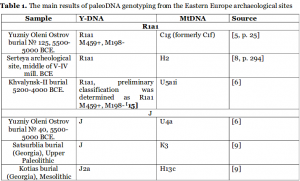
… The main research method of this paper is the interpretation of recently obtained genetic
data, which is compared with archaeological cultures distribution. To support some conclusions,
data on mtDNA haplogroups was also used as supplementary instrument.
3. Results and Discussions
R1a1*, M459+, M198- on Yuzhniy Oleni Ostrov burial (North-Western Russia)
One of the most well studied Eastern European archeological sites is the Yuzhniy Oleni Ostrov burial on the shores of Lake Onega (Karelia, Russia) and it is dated back to the developed and late Mesolithic period of VII-V millennium BC. Three individuals from the Yuzhniy Oleni Ostrov, who lived 7500 years ago (UZOO-7, 8 and UZOO-UZOO-74), possessed a non-existing now in Europe mitochondrial haplogroup C1f [2]. Also among the burials of Yuzhniy Oleni Ostrov were found mitochondrial haplogroups U4, U2e,U5a [3],J and H [4,p.36]. The Mesolithic inhabitant of Yuzhniy Oleni Ostrov (burial № I0061) possessed Y-chromosome haplogroup R1a1
(SRY10831.2, M198- subclade) [5] and mitochondrial haplogroup C1g (formerly C1f) [5]. The other Mesolithic inhabitant of Yuzhniy Oleni Ost- rov (I0221 / UZ0040) possessed Y-chromosome haplogroup J, and mitochondrial haplogroup U4 [6].
The author of one the most detailed publication on Yuzhniy Oleni Ost- rov antropology V.P. Yakimov adhered to the Eurocentric point of view on the formation of the Mesolithic Onega inhabitants. He suggested that their origins are linked to the Paleolithic population of Eastern Europe, who moved along the glacier to the northern and northeastern directions [16]. But some cross-breeding with Eastern population was also confirmed: «Later, it was concluded that it belonged to the described in the southern edge of the region so-called «flint» Mesolithic culture associated by origin with cultures of the Volga-Oka area, and (since the appearance in the VIII millennium BCE) coexisted with an earlier (since the X millennium BCE) local «quartz-slate» culture created by people from the North Urals and Trans-Urals and related to Finnish Askola – Suomusyarvi» [17]. But as we see further, ultimate western origins of that culture is probable also – as we see a wide migration towards east in early Mesolithic. Currently, researchers emphasize that «Yuzhniy Oleni Ostrov burial site is as an archaeological source extremely multifaced» (ibid) and represents a particular genetic type, different from the classical Mongoloid and Caucasoid (ibid).
A very heterogeneous composition of the population is now well proven by the presence of Y-chromosome haplogroup J, which indicates the influence of the southern areas and communication of Yuzhniy Oleni Ostrov people with populations of the Black and Caspian Sea.
The question if the culture of Yuzhniy Oleni Ostrov is non-ceramical Me- solithic or ceramical Neolithic, is still open. It should be mentioned that P.N. Tretiakov in his book «Finno-Ugrians,Balts and Slavs at the Dnieper and Volga» mentioned: «The population, which left behind the Oleni Ostrov burial ground seems to be familiar with the ware. It is proven by the bone plates with pinked edge, which must have served as ornament molds for clayware. If this statement is true, the Oleni Ostrov burial ground should be connected with the ancient culture of the Pottery Neolithic of the East Baltics – the Sperrings culture» and further: «Comb ware of Sperrings type, according to different researchers, has the closest analogs to the Neolithic cultures of the Kama Region, the Cisuralian area and Trans-Urals, and we agree with this statement. Anyhow, there is no doubt that numerous Ural and Kama analogs to Sperrings ware, which have been detected in the recent years are incomparably more convincing than the Middle Dnieper one» [18, p. 24]. This supports the version of the possible connections of Yuzhniy Oleini Ostrov people with the southern or eastern Neolithic cultures.
In addition to the local component the cultural influences on Yuzhniy Oleni Ostrov, the influences of most far-off regions have been mentioned in different works. For example, one article highlights the unexpected similarities of Yuzhniy Oleni Ostrov inhabitants and the representatives of culture Çatalhöyük [19, p. 92]: «However, the distri- bution observed on the charts provokes a number of questions be- cause of the convergence of typological characteristics of the groups diametrically opposed geographically and for which the likelihood of direct biological kinship and mutual contacts excluded. The most vivid illustration of this is the convergence of characteristics a series of Mesolithic Oleni Ostrov burial ground with sample from Çatalhöyük by the values of the second factor …». But the finding of the Y-DNA haplo- group J, which is associated with significantly more southern regions, only confirms ties of Yuzhniy Oleni Ostrov with the Southern cultures.
This way, the southern Neolithic influences on Yuzhniy Oleni Ostrov seem to be strongly probable and they could be originated from the Neolithic tribes of Comb Ware cultures. … ”
***
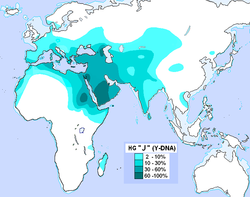
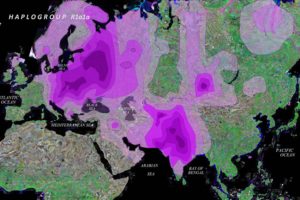
mito U2
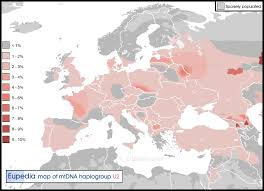
mito H2
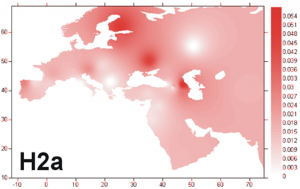
Sen enempää uralilaishaplosta N kuin länsieurooppalaisesta ”trattbäga- rihaplosta” I, jotka ovat Suomessa hdessä vallitsevat ei näy tuossa vaiheessa vielä merkkejä.
Miss Jakutia -ehdokkaat edusavat varmaan alkuperäisempiä väesörhmiä…
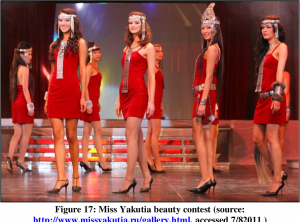
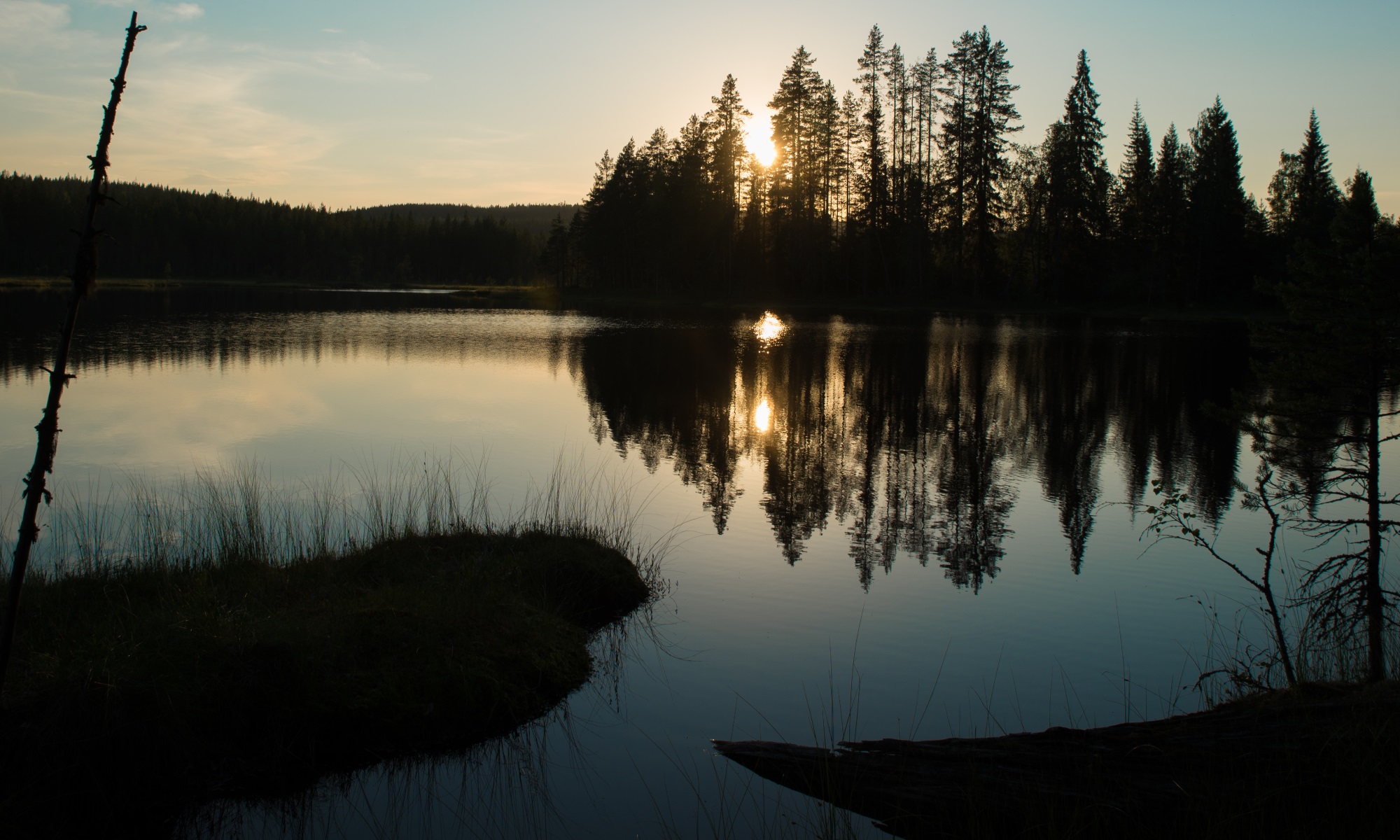
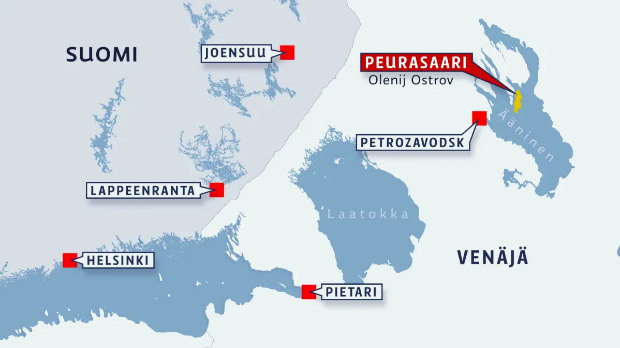
Siellä on asuneet muinaisapinat…
Tarja Haloset on hyökänneet Lännestä ja tappaneet tavalliset naiset ja vieneet ja alistaneet palvelukseensa asein ne arapimiehet.
Nyt ne tiätää varoo…